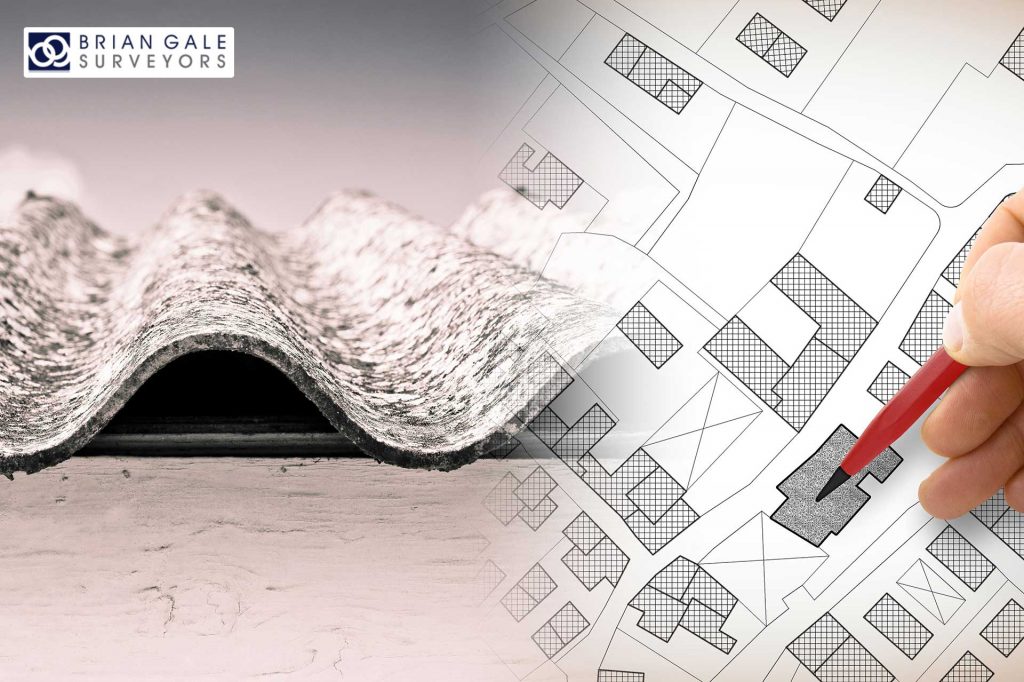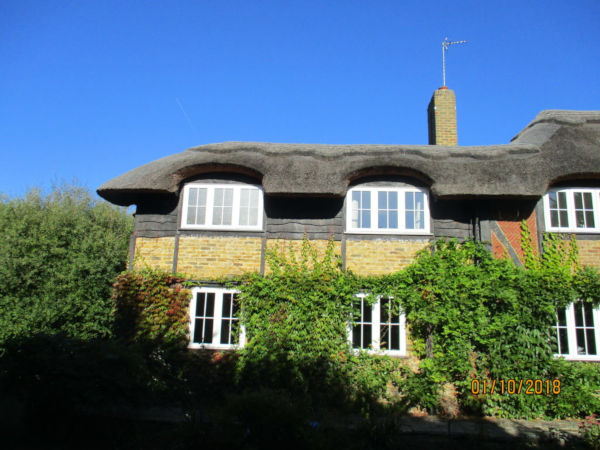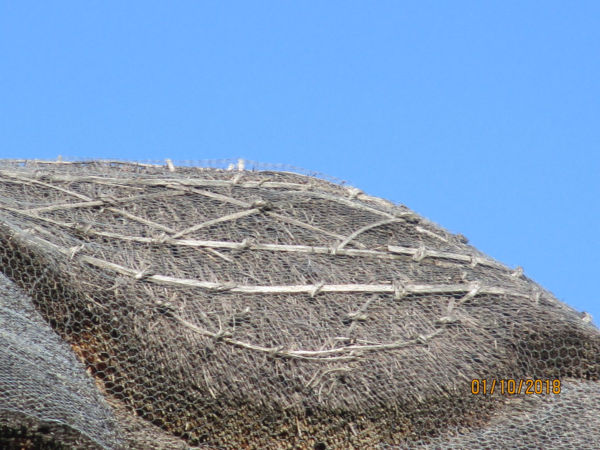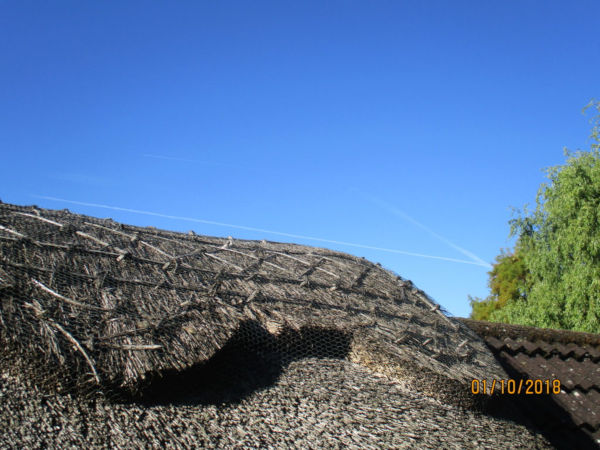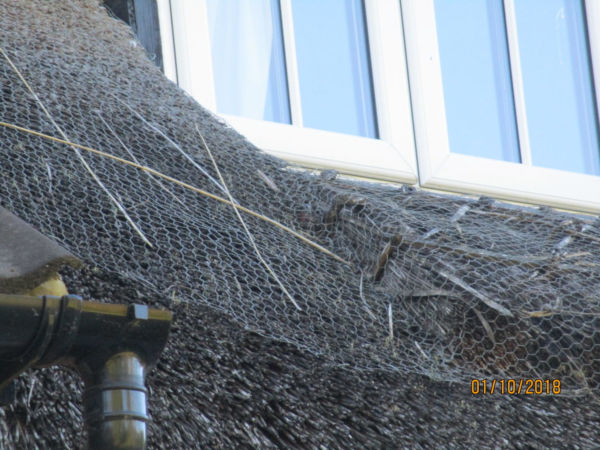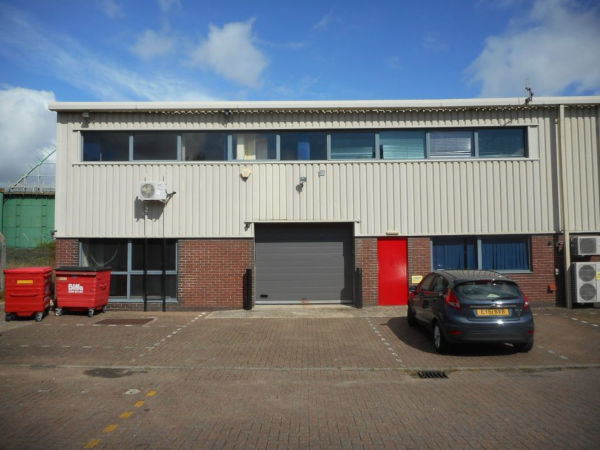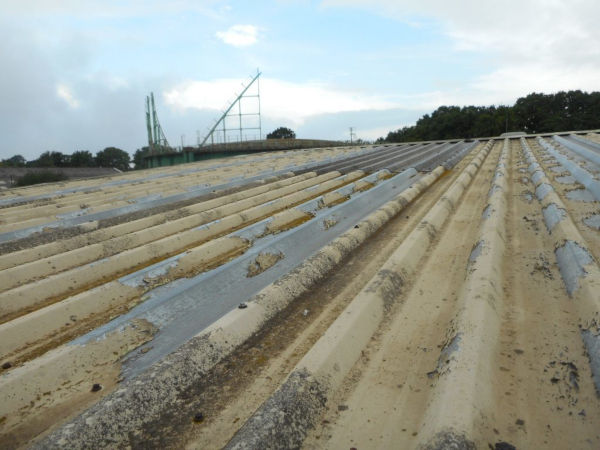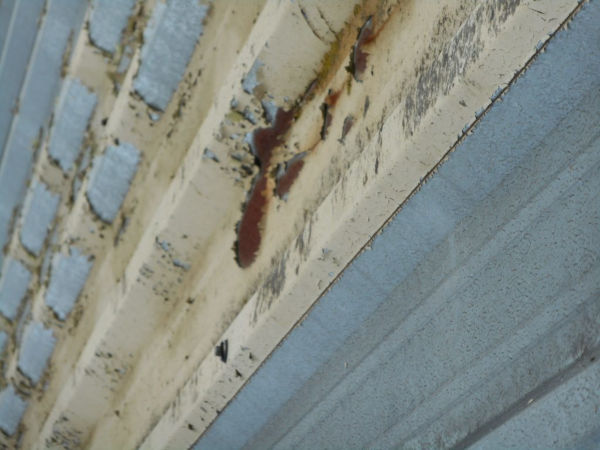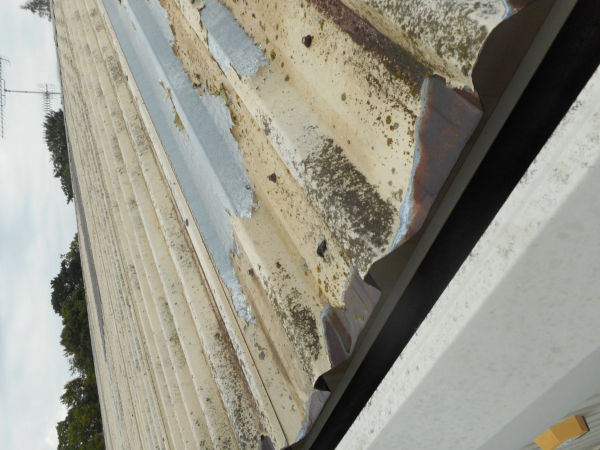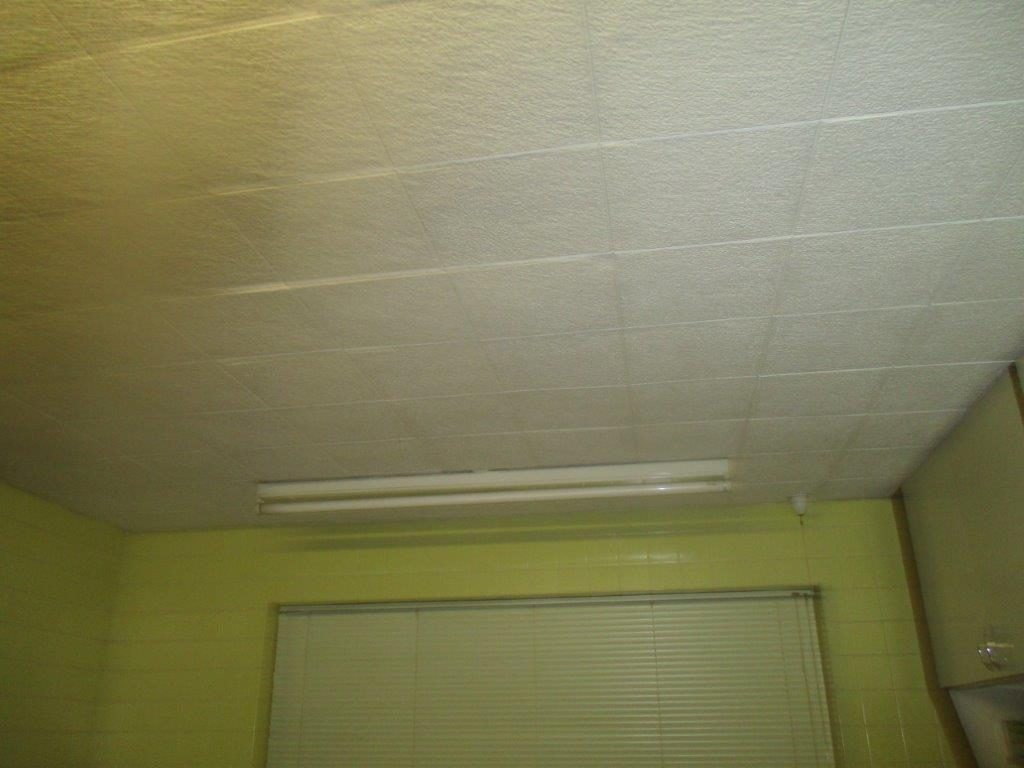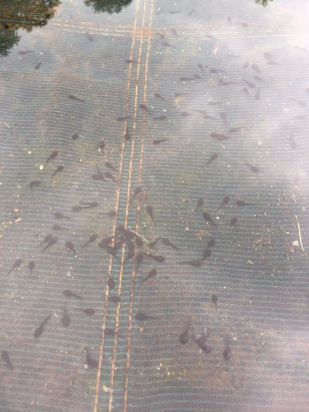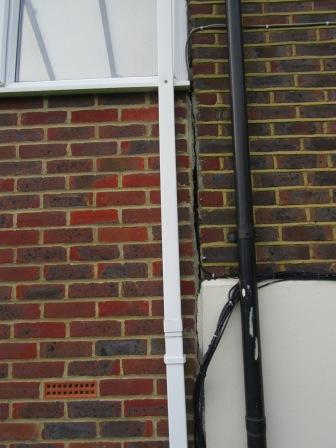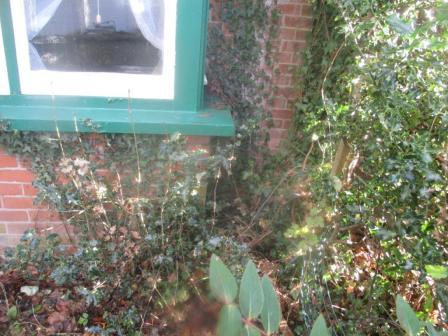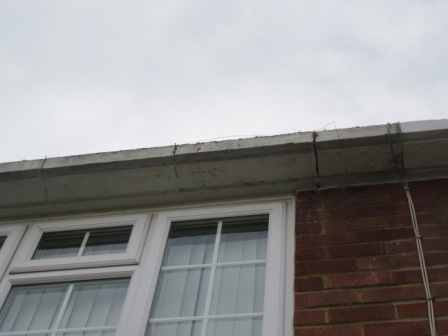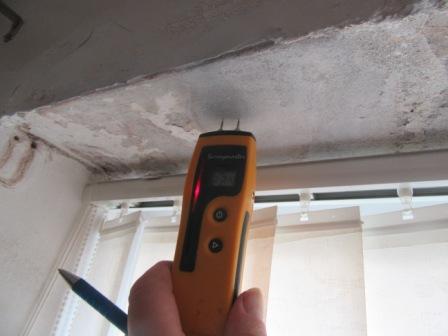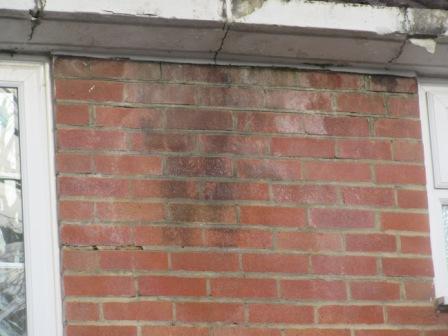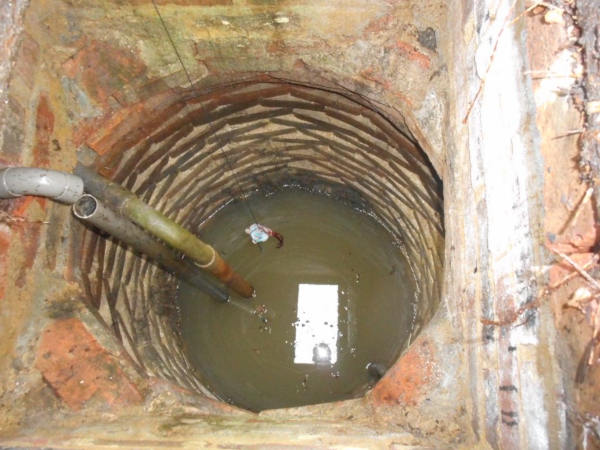The dangers of asbestos are well known, and while it isn’t an issue relating to modern buildings, if your property or premises was built or refurbished before 2000, asbestos might be an issue. This is why you must understand the importance of carrying out an asbestos survey and the laws relating to you.
We don’t carry out Asbestos Surveys or testing but if we identify Asbestos or other hazardous materials, we will recommend one which will normally involve testing.
The laws regarding residential & commercial properties are different, but as Health and Safety Executive (HSE), statistics still prove asbestos presents significant risk.
It is believed asbestos is responsible for the death of more than 5,000 workers every year, which is more than the number of people who die on the road. Of course, asbestos is a long-term issue, developing over the years, but usually, a diagnosis comes too late to protect someone suffering from asbestos inhalation.
You need to know when to conduct an asbestos survey for your safety, your loved ones, and the professionals working on your property.
There are two types of asbestos surveys:
- Asbestos management survey
- Refurbishment and demolition asbestos survey
Who needs an asbestos survey and how long does an asbestos survey last?
For a commercial property built or refurbished before 2000, there is a legal requirement to hold an Asbestos management survey. If the asbestos is managed correctly, this survey remains valid indefinitely.
If the results of the Asbestos management survey indicate there is asbestos in the property, a re-inspection must take place in line with the Control of Asbestos Regulations. This re-survey should be undertaken every 6 to 12 months.
For commercial or domestic property built or refurbished before 2000, and you are looking to carry out renovation work at the premises, you must have a Refurbishment and demolition asbestos survey in place. This survey is valid for 12 months.
How long does it take for asbestos to settle down after being disturbed?
The stated time for disturbed asbestos to remain airborne is between 48 and 72 hours, so it is best to leave at least three days between asbestos being disturbed and returning to work in the area. HSE guidelines indicate work must stop immediately upon discovering asbestos, even suspected asbestos.
If it is suspected there is asbestos, work should stop until a sample is tested. If it is known there is disturbed asbestos, work must stop immediately, and someone must implement emergency procedures. This includes informing people who might be affected, cleaning debris and ensuring anyone not wearing PPE leaves the site immediately.
Our inspections ensure you comply with all these regulations and provide a duty of care to people on your premises.
How big of a sample is needed for asbestos testing?
The recommended sample size is at least two square inches of asbestos material, which will be analysed in a laboratory.
Will a house survey pick up asbestos?
You should note that a Homebuyer Report or a Building Survey Report will not provide asbestos information as standard. However, our experienced Surveyorswill state their concerns when reporting and if any asbestos products or hazardous material are identified then an Asbestos Survey with testing will be recommended.
It is helpful for homeowners & for purchasers to instruct an asbestos inspection for peace of mind, especially when refurbishment work is planned.
If you are concerned about the presence of asbestos in a property you are purchasing, please contact Brian Gale Surveyors today. You can complete an online form or call us on 01737 245947, and we’ll be more than happy to discuss your concerns.
